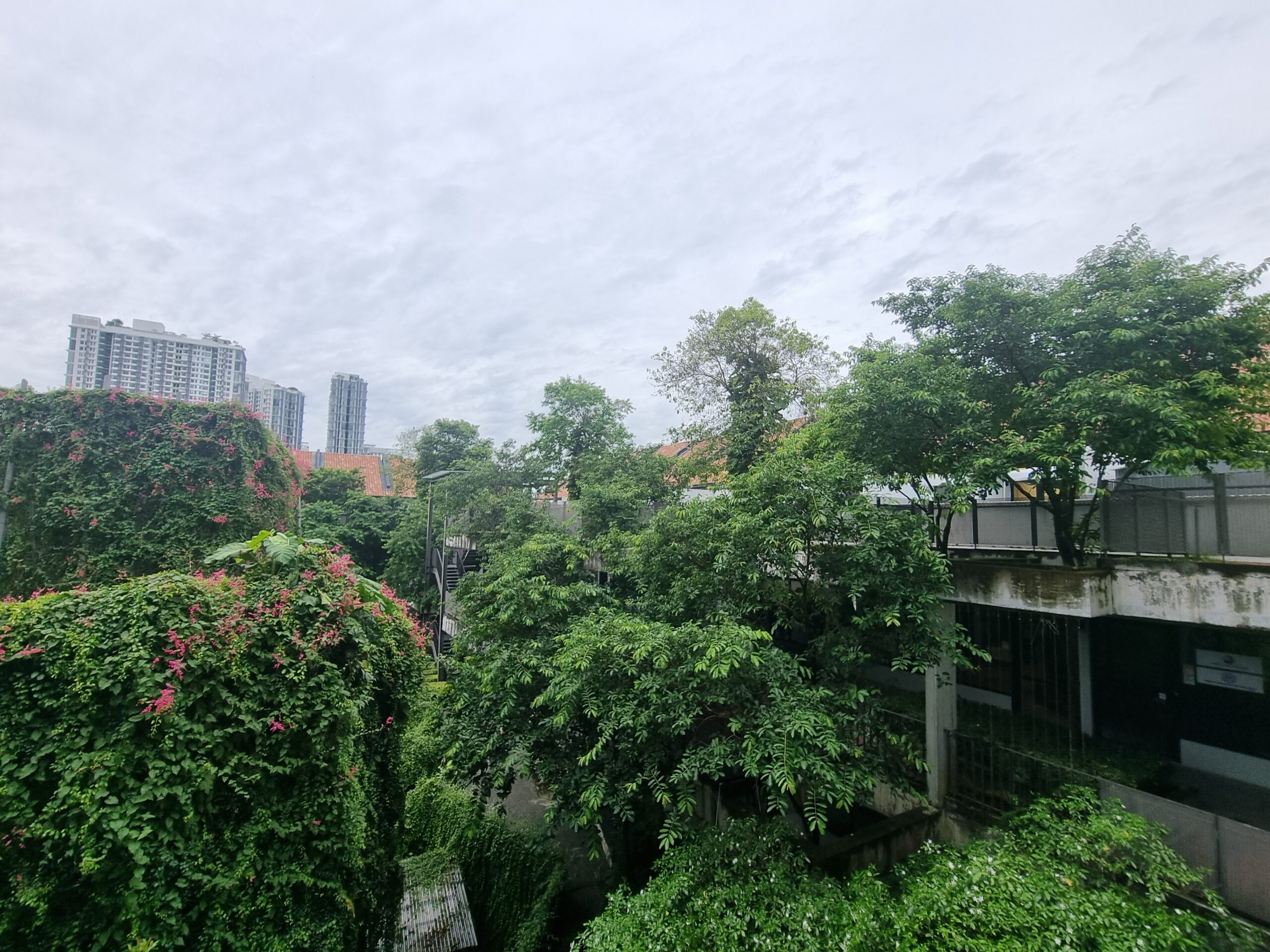Resilience Strategies for Small Architecture Firms in an Unpredictable World
Amidst escalating global instability and pervasive regional unrest, business agility and resilience are foundational to navigating challenges and unlocking new opportunities. For small and boutique architecture firms, the risks are real: delayed projects, volatile material prices, and unpredictable supply chains. Building strong local and regional networks is now more essential than ever for business survival and growth, laying the groundwork for architecture firm resilience.
The New Reality: Global Conflict and Its Impact on Architecture
Global conflict is a risk that affects businesses in every market and demands strategic management. Ongoing wars, sanctions, and trade disputes are disrupting supply chains, increasing costs, causing serious project delays, and affecting client confidence. Small architecture firms, with limited buffers, are especially vulnerable to these impacts:
- Material Shortages: Shipping disruptions and tariffs increase costs and slow down deliveries, directly impacting architecture firm supply chains.
- Project Uncertainty: Clients delay or cancel projects due to economic and political instability.
- Cross-Border Challenges: International collaborations are harder to manage and riskier than ever.”
Why Local and Regional Networks Matter More Than Ever

When global links are threatened, local resilience becomes your best defense. Firms that invest in strong local and regional relationships are better positioned to:
- Source materials and labor reliably even when global supply chains falter.
- Win projects through trusted local partnerships and referrals.
- Share resources and knowledge with nearby peers facing similar challenges.
- Respond quickly to regulatory changes and local market shifts.
Real-World Strategies to Build Local Resilience
1. Map and Strengthen Your Local Supply Chain
- Identify alternative suppliers: Build relationships with multiple local vendors for key materials.
- Negotiate flexible contracts: Where possible, secure agreements that allow for substitutions or price adjustments.
- Stay informed: Join local industry groups to get early warnings about shortages or disruptions.
2. Deepen Regional Partnerships
- Collaborate with nearby firms: Share project leads, staff, and expertise to weather slow periods.
- Engage with local consultants and engineers: Build a trusted network for joint bids and complex projects.
- Participate in regional forums: Attend events and online communities to expand your circle.
3. Focus on Community and Client Relationships
- Prioritize local clients: Target public sector, education, and healthcare projects that rely on local expertise.
- Showcase local knowledge: Highlight your understanding of local regulations, climate, and culture in proposals.
- Communicate proactively: Keep clients updated about challenges and your solutions to build trust.
4. Invest in Digital Tools for Local Advantage
- Adopt project management and BIM tools: Streamline workflows and collaborate seamlessly with local partners.
- Use AI for risk assessment: Predict project delays and supply issues early.
- Optimize your website for local SEO: Use keywords like “architecture firm [city/country]” to attract regional clients.
Case Study: Resilience in Action
Fahed + Architects (Dubai, Kochi, Bali)
About: Fahed + Architects is a boutique, design-led firm with offices in Dubai, India, and Africa.
Local Strategy: The firm’s approach is to use local materials and craftsmanship wherever possible, not only to reduce costs and carbon footprint but also to ensure project continuity amid global supply chain disruptions. This strategy also supports local economies and crafts.
Fahed + Architects; Author’s POV
To illustrate architecture firm resilience in action, let’s examine Fahed + Architects, a boutique, design-led firm with offices across Dubai, India, and Africa. Their approach to leveraging local materials and craftsmanship not only reduces costs and carbon footprint but also ensures project continuity amid global supply chain disruptions, supporting local economies.
From my research and analysis, Fahed + Architects’ resilience is grounded in three key practices:
Regional Diversification
The firm operates across Dubai, India, and Africa, allowing it to shift project focus and resource allocation based on regional stability and supply conditions. This geographic flexibility aligns with leading supply chain resilience strategies, which emphasize reducing single-region dependencies and building a geographically balanced portfolio.
Local Networks and Partnerships
Fahed + Architects consistently collaborates with local consultants, artisans, and suppliers in each market. While the firm, like most in the region, cannot rely solely on local materials, its strong local partnerships enable it to adapt quickly to disruptions, source alternatives regionally, and maintain project momentum even when global routes are blocked. This approach mirrors the “smart diversification” and “enhanced collaboration” strategies recommended for resilient supply chains.
Sustainable and Contextual Design
The firm’s design philosophy emphasizes the use of locally available materials and context-driven solutions wherever possible. This not only supports sustainability but also reduces exposure to international shipping delays and material shortages, a tactic increasingly adopted by resilient firms worldwide.
Is this a Foolproof Insulation against Global Disruptions?
Perhaps no architecture firm can be fully insulated from global disruptions, especially given the high import dependency for certain materials. However, Fahed + Architects’ diversified regional presence, adaptive local networks, and flexible sourcing practices have demonstrably helped it weather recent waves of global uncertainty better than firms with a narrower or more centralized operational model
Final Thoughts
While Fahed + Architects does not publicly market itself as “disruption-proof,” its operational model, rooted in regional diversification, strong local partnerships, and adaptive sourcing, embodies many of the resilience strategies now recognized as essential for surviving and thriving in the volatile global environment.
Action Checklist: Build Your Firm’s Resilience This Month
- List your top three local suppliers and meet with them to discuss contingency plans.
- Join a regional architecture or construction association.
- Update your website and Google Business Profile with local keywords and recent projects.
- Reach out to a nearby firm to discuss possible collaboration or resource sharing.
- Ask your team: What local risks are we overlooking? Brainstorm solutions together.
Share Your Story
How are you building local resilience in your practice?
Share your story or tip in our community forum, and you could be featured in our next newsletter. Together, we can create a playbook for surviving and thriving no matter what the headlines bring.

Leave a Reply